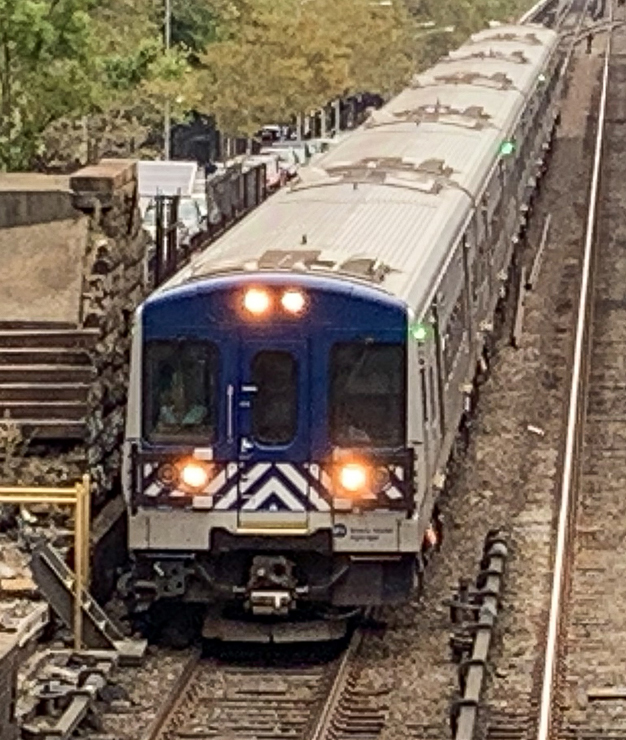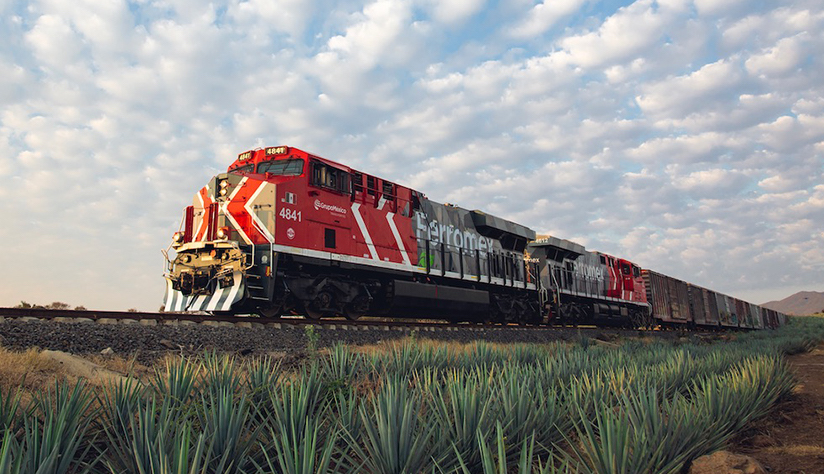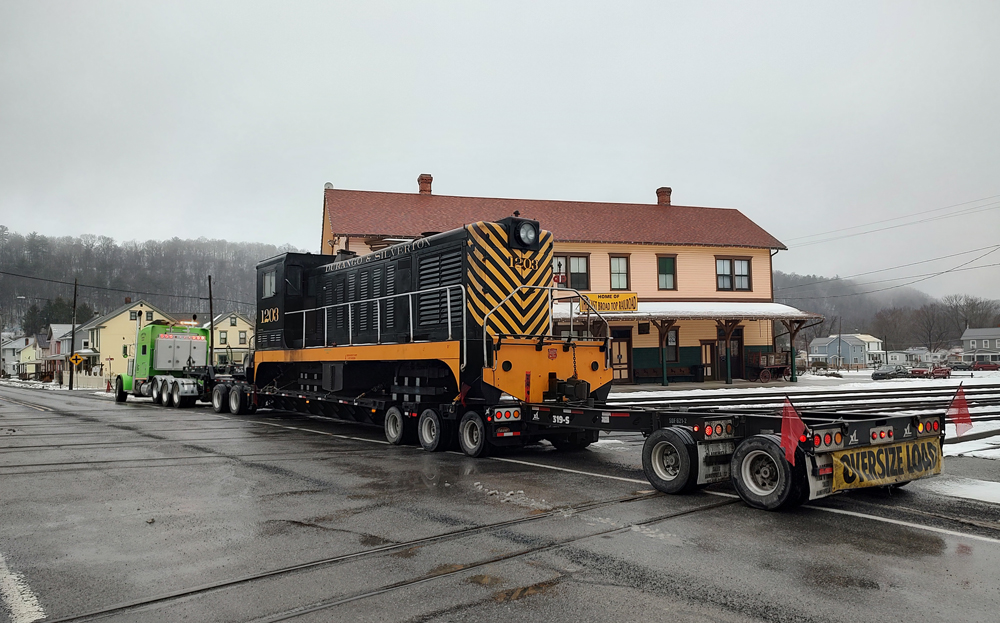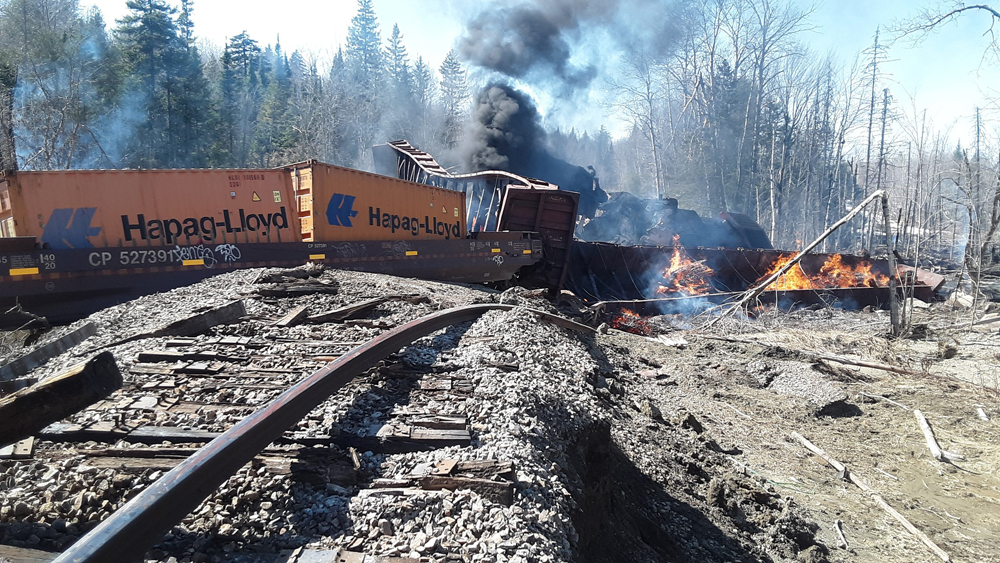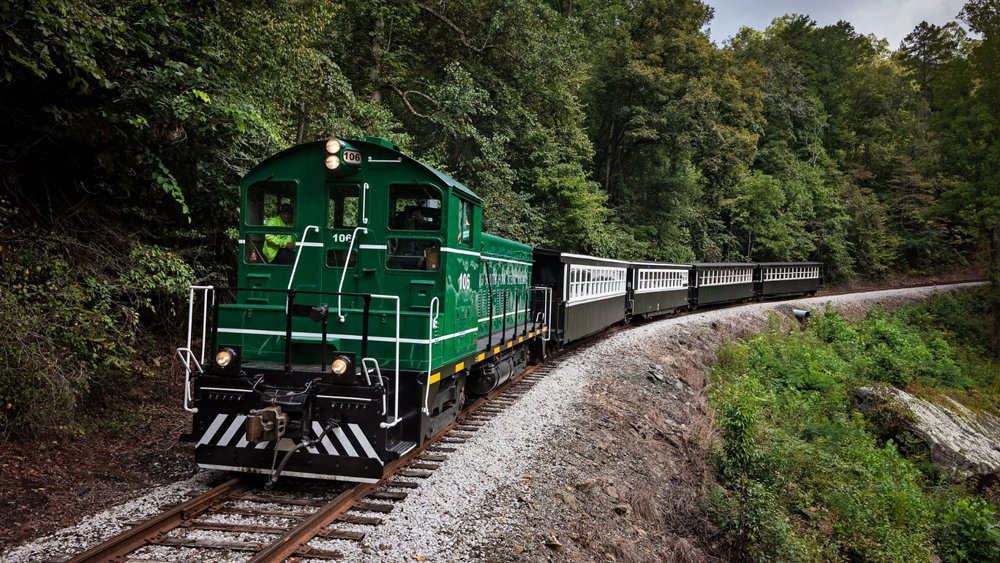NEW YORK — Metro-North President Cathy Rinaldi offered a favorable report on efforts by her railroad and the Long Island Rail Road to prepare for positive train control on Tuesday, a month after a consultant estimated there was only a 60-65% chance the two Metropolitan Transportation Authority commuter lines would meet the Dec. 31, 2020, PTC installation deadline.
Speaking at the November MTA Committee meeting, Rinaldi said both railroads were on an aggressive schedule to meet the deadline for the project costing more than $1 billion.
The Federal Railroad Administration has approved extended revenue service demonstration testing on all Metro-North lines, although such testing is in progress only on 67 miles of the Hudson Line and the 23-mile Danbury Branch. The Hudson Line involves interoperability with Amtrak and CSX Transportation; the Danbury Branch features interoperability with short line Providence & Worcester. Extended demonstration testing involves having some trains operate with positive train control.
The Long Island Railroad currently has four lines in extended demonstration and expects three more in extended demonstration or full revenue service demonstration by the end of the year. Testing is scheduled to begin on the Port Jefferson line this month, while two lines are expected to begin in December: a 44-mile portion of the Main Line from Ronkonkoma to Greenport, N.Y., and the 7-mile Central Line connecting the Main and Montauk lines. The last segment expected to begin extended testing is the 3-mile segment between Harold Tower in Queens and Penn Station — the busiest section of rail line in the nation — planned for September 2020. The LIRR, Amtrak, and FRA are holding monthly meetings in an effort to move that date forward.
Rinaldi also offered an update on Metro-North’s Way Ahead system improvement plan, saying, “Over the past year, we’ve met key milestones, we’re developing an even stronger Metro-North, and we remain focused on continuing to enhance our system.”
Station work has included major improvements at White Plains, Riverdale, Crestwood, Port Chester, and Harlem-125th Street; work at Port Chester and Crestwood means 60 stations in New York state now meet accessibility standards.
Infrastructure work has included new ties, rails, insulated joints, welded rail, and track-area cleanup, with shutdowns of track segments giving multiple work groups uninterrupted. Metro-North became the first commuter railroad in the U.S. to successfully apply heat-reflective paint to reduce the incidence of “kinks” in rails.
New maintenance facilites include a 74,000-square-foot Harmon Shop annex for EMU equipment and a 119,000-square-foot Consist shop. The annex contains support and wheel shops; the two-track, 10-car-length Consist Shop handles inspection and unscheduled repairs.
West of Hudson infrastructure work included tie replacement on Moodna Viaduct, installing surface track, renewing turnouts, and extending cab signaling to Otisville from its current north end at Suffern for PTC implementation.
New safety initiatives include a community outreach program designed to educate and promote rail safety, a rail safety program specifically for young children, better emergency signs and illumination in the Park Avenue Tunnel, and a new suicide prevention training program.





